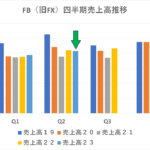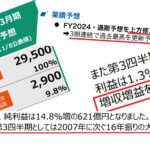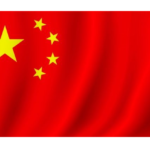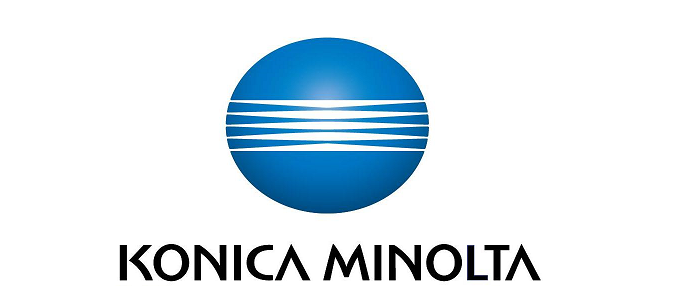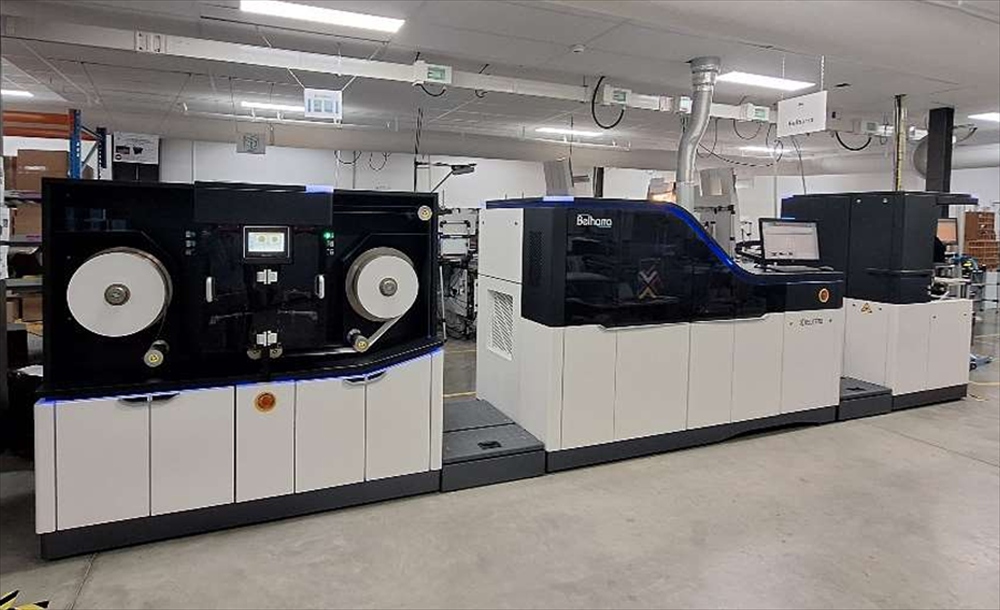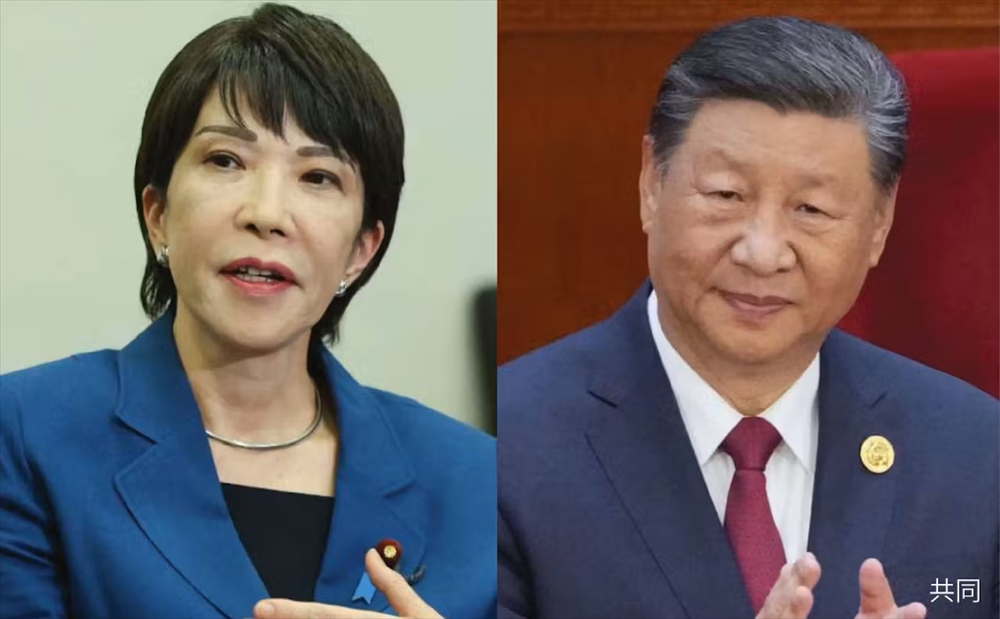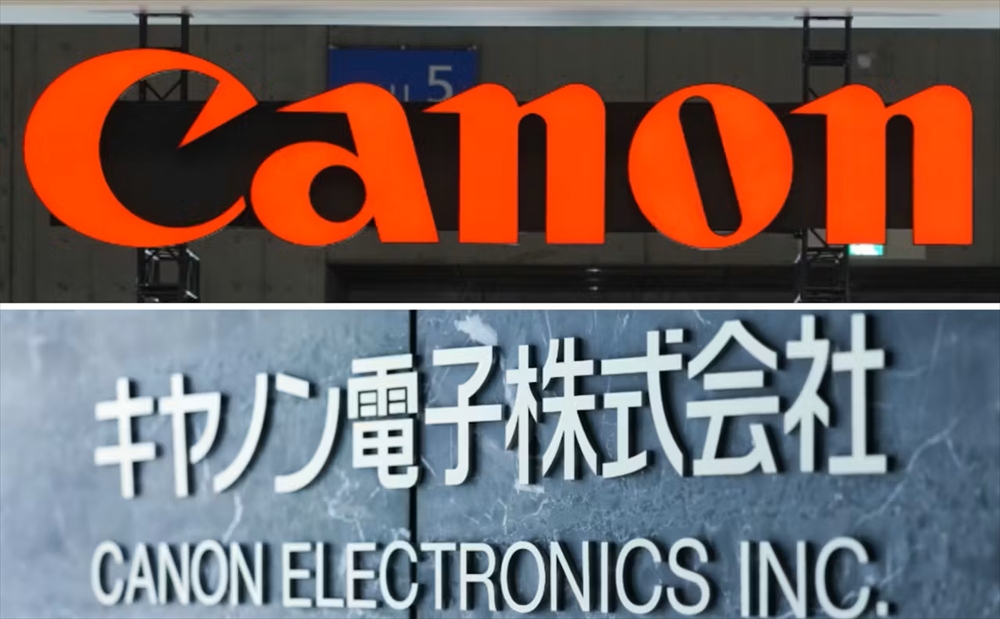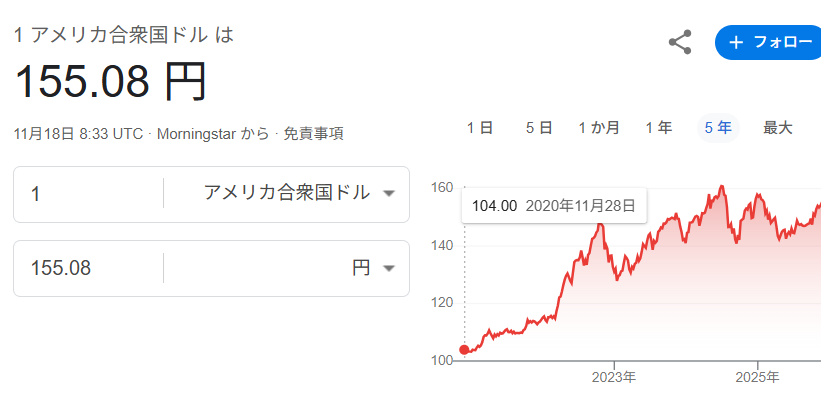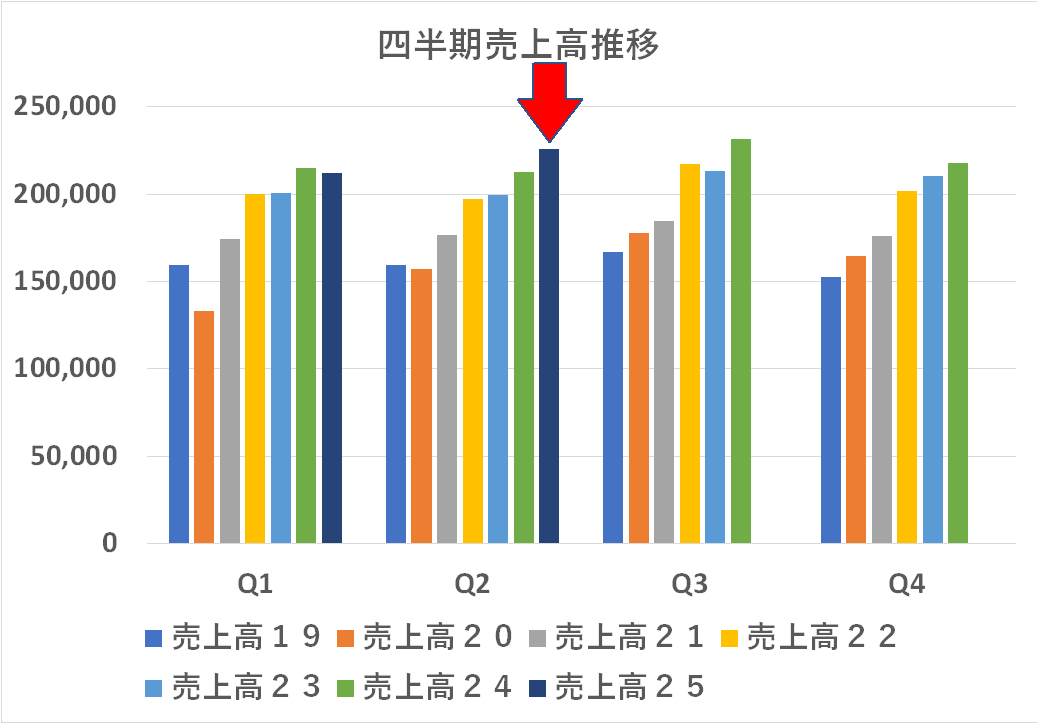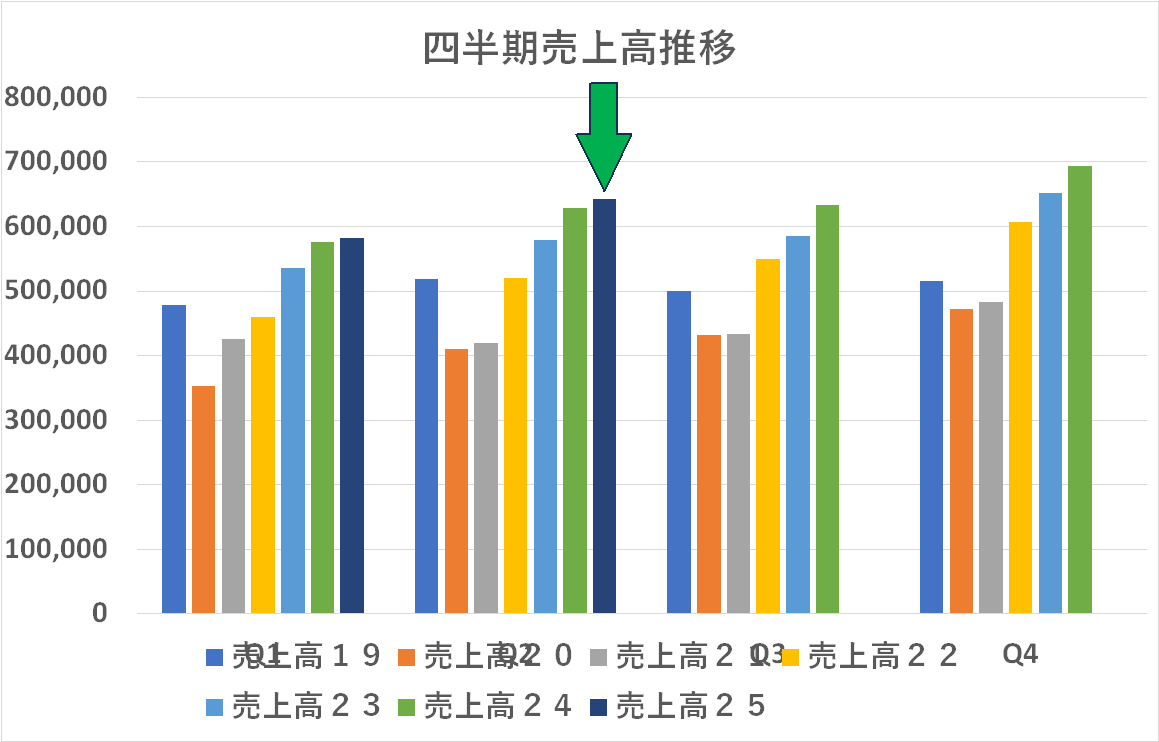- 2020-4-5
- トピックス
マーク・ジャービス、オーティス・ロビンソン、2020年3月27日
By Mark Jarvis, Otis Robinson 27 March 2020
WTiNは Covid-19が繊維およびアパレル業界に与える経済的影響を調査し、危機後の世界のチャンスについての情報を提供します。
WTiN examines the economic impact of Covid-19 on the textile & apparel industry and puts forward opportunities for a post-crisis world.
私たちは、誰も目撃したことのない危機に瀕しています。世界中で、国はこれほどの規模で健康と経済の危機を見たことがありません。短期的には企業は新たな課題に直面しますが、長期的には危機が過ぎ、チャンスと可能性に満ちた新しいビジネス環境のなかに再び浮上するでしょう。
We are in a crisis that none of us have ever witnessed. Around the globe, countries have never before seen a health and economic crisis on this scale. In the short-term, businesses face newfound challenges, but in the long-term the crisis will pass, and we will emerge into a new business environment full of opportunity and potential.
過去2か月間、Covid-19が原料の供給、製造、流通に混乱をもたらしたため、より堅牢なサプライチェーンの必要性に注目が集まっています。実際、フォーチュン 1000企業の 94%がサプライチェーンの混乱を報告しています。今日のビジネスは確かにいつものようではありません。
Over the last two months, attention has been focused on the need for more robust supply chains as Covid-19 generated chaos in raw material supplies, manufacturing and distribution. Indeed, 94% of Fortune 1000 companies reported supply chain disruption. Business today is certainly not as usual.
主要な指標
LEADING INDICATORS
1月に中国の武漢で Covid-19の健康危機が発生したとき、中国国外の事業にはほとんど影響がありませんでした。
When the Covid-19 health crisis emerged in Wuhan, China, in January, business outside China continued largely unaffected.
2月初旬までに、WTiNはヨーロッパ、日本、米国のスポーツウェア/ファッションブランドや OEMなどの顧客との対面式会議を電話会議に再スケジュールするという体験するようになりました。オフィスは訪問者に対してドアを閉ざし始めていました。
By early February, WTiN started to experience customers, such as sportswear/fashion brands and OEMs in Europe, Japan and the US, reschedule face-to-face meetings to conference calls – offices were starting to close their doors to visitors.
2月が進むにつれ、新しい政府の健康規制が出現し始め、その結果、複数のイベントが延期またはキャンセルされました-マテリアルショー、FESPA、INDEX、Drupa、Techtextil North Americaなどが影響を受けました。
As February progressed, new government health regulations began to emerge, resulting in multiple events being postponed or cancelled – The Materials Show, FESPA, INDEX, Drupa and Techtextil North America were among those affected.
5月5日に予定されている WTiN自身のシンガポール会議、Innovate Textile & Apparel Asiaは 2021年まで延期されました。その代わりに、新しいグローバルなオンライン会議 Innovate Textile & Apparel Onlineをセットアップしました。オンライン会議では、デジタル化されたプロセスと資料のイノベーションリーダーによる 20を超える録画済みのビデオプレゼンテーションが提供され、2020年5月5日から6月30日まで開催される予定です。ご期待ください。
WTiN’s own Singapore conference, Innovate Textile & Apparel Asia, scheduled for 5 May, was postponed until 2021; in its place, a new global online conference, Innovate Textile & Apparel Online. The conference will offer over 20 pre-recorded video presentations from innovation leaders in digitalised processes and materials and is set to take place from 5 May to 30 June 2020. Possibly the right time and place for such an event? We will see.
3月、政府は国際旅行にこれまで以上に厳しい制限を実施し、最悪の事態がまだ到来していないという恐れを強めました。そして、大通りやオフィス街が封鎖(ロックダウン)されました。実店舗での小売販売の不振は、サプライチェーンの混乱が、繊維およびアパレル業界に対する Covid-19の影響の最初の段階にすぎないことを示しています。医療危機が改善して小売店が再開すると、製造業者とブランドは需要計画の課題に直面します。
In March, governments implemented ever-greater restrictions on international travel, increasing the fear that the worst was yet to come. Meanwhile, civilian lockdowns closed high streets and offices. Slumps in brick and mortar retail sales showed that supply chain disruption was only the first phase of Covid-19’s impact on the textile & apparel industry. When the medical crisis improves and retail stores reopen, manufacturers and brands will face the challenge of demand planning.
原材料と中国が鍵
RAW MATERIALS AND CHINA ARE KEY
明らかなことは、原材料がなければサプライチェーンは成り立たないということです。
At the risk of stating the obvious, without raw materials there is no supply chain.
繊維製造の原材料の「世界の倉庫」である中国が世界のポリエステルの 80%を供給しているため、2か月の生産停止により、ベトナムなどの国の製造工場が原材料の在庫が尽きた 3月中旬に一時的に閉鎖されました。世界的には、材料繊維の不足により、フェイスマスクや個人用保護具(PPE)の製造も遅れています。
With China, the ‘world’s warehouse’ for raw materials in textile manufacturing, supplying 80% of global polyester, the two-month halt in production has now led to the temporary closure of manufacturing factories in countries such as Vietnam, where raw material stocks ran out mid-March. Globally, shortages of material fibres have also delayed the manufacture of face masks and personal protective equipment (PPE).
直接サプライヤー以外のサプライチェーンについて完全な知識を持っているブランドはほとんどありません。彼らの原材料が中国から供給されていることに気付かない人も多いでしょう。原材料の透明性が高まったことで、継続的で中断のない供給を可能にする予防措置またはバックアップ措置がもたらされた可能性があります。
Few brands have complete knowledge of their supply chains beyond direct suppliers; many perhaps do not realise their raw materials are sourced from China. Greater transparency of raw material sources may have resulted in preventative or back-up measures allowing continuous, uninterrupted supply.
危機後のチャンス
POST-CRISIS OPPORTUNITY
現在、回復が始まった兆候がいくつかあります。ハーバードビジネスレビューは、3月中旬に世界的なサプライチェーンへの影響がピークになると予測しました。
Currently, there are a few signs that recovery has commenced. Harvard Business Review predicted that peak impact to global supply chains hit in mid-March – a claim supported by reports of Chinese textile production now returning to 60% capacity.
今後数か月にわたって、将来の危機への回復力を高める方法を模索することは不可欠です。
Over the next few months, it’s essential to start to look for ways to develop more resilience to future crises.
当然のことながら、何年も前から人々はパンデミックが発生する可能性があることを知っていましたが、制御不能な災害に対処するためのサプライチェーンへのセーフティネットの実装に対する彼らの要求はほとんど無視されました。
Unsurprisingly, people have known a pandemic could happen for years, but their requests for the implementation of safety nets in supply chains to handle uncontrollable disasters has mostly gone unheeded.
サプライチェーンのリスクを軽減する何らかの方法をとる繊維メーカーとブランドの間のホットな会話は、「製造の国内回帰」です。マッキンゼーが 2019年に実施した調査によると、回答者の 63%は、2025年までに地域のサプライチェーンをサポートするために生地の生産がニアショアに移行する可能性が高いと考えています。これは大胆な動きになるでしょう。高い障壁に出会うでしょうが、Covid-19の余波のなかでかつて無かった可能性を提供するでしょう。
One burning conversation among textile manufacturers and brands that goes some way to mitigating supply chain risk is reshoring. According to research conducted by McKinsey in 2019, 63% of respondents believe it is likely that fabric production will move towards nearshore to support regional supply chains by 2025. This would be a bold move – it faces high barriers – but now holds unprecedented potential in the aftermath of Covid-19.
大手企業にとっては、再編は困難です。彼らの生産量は大きく、パートナーシップは非常に忠実で長年にわたり、新しい製造施設を支持して一夜を捨てることはできません。ヨーロッパ、日本、米国などの経済は限られた容量を持っていることが知られています。
Reshoring will be difficult for the big players; their production volumes are large and partnerships too loyal and longstanding to ditch overnight in favour of new manufacturing facilities. It is known that economies such as Europe, Japan and the US have limited capacity.
ただし、カスタマイズと材料の接続性のトレンドが高まると、高度にデジタル化されたプロセスを搭載した分散型マイクロ工場で、高価値のパーソナライズされた製品を製造することにより、製造の国内回帰をサポートできます。
However, rising trends in customisation and material connectivity could support reshoring through the manufacture of high-value, personalised products in distributed micro-factories powered by highly digitalised processes.
繊維産業は、デジタル化を真に受け入れ始めたばかりですが、長期的には、インダストリー4.0ソリューションは、メーカーやブランドを気候変動、自然災害、パンデミックなどの衝撃から保護します。
The textile industry is only at the beginning of genuinely embracing digitalisation, but in the long-term, Industry 4.0 solutions will protect manufacturers and brands from shocks like climate change, natural disasters and pandemics.
ブロックチェーンテクノロジーは不透明なサプライチェーンをわかりやすく説明し、透明性、トレーサビリティ、原材料の調達先に対する認識を高めます。
Blockchain technologies will demystify opaque supply chains to increase transparency, traceability and awareness of where raw materials are sourced.
この変化に対する障壁は高く、what-ifに投資するよりも、コスト削減、高いマージン、価値の創造、および配当に本能的に関心がある株主からの多大な投資が必要です。
The barriers to this change are high, requiring significant investment from shareholders who are instinctively more concerned with cost reduction, higher margins, value creation and dividends than investing in what-ifs.
したがって、株主のみなさんからの支援があっても、企業だけが投資をすることを期待すべきではありません。政府は、デジタル化するために製造業者に財政的支援を与える政策を実施する必要があります。たとえば、さもなければ何年もバランスシートに置かれていた古いアナログ資本設備の即時減価に資金を提供します。おそらくさらに過激な国有ポリエステル繊維製造プラントへの投資は、新しいデジタル化された製造設備への投資のきっかけとなるでしょう。このような政策は、繊維・アパレル業界の再編に役立つ可能性があります。
So, we should not expect companies alone, even with support from shareholders, to make these investments. Governments need to implement policies that give financial support to manufacturers to digitalise, for example funding the immediate depreciation of old analogue capital equipment that otherwise would sit on the balance sheet for many more years. Perhaps even more radical, investment in state-owned polyester fibre manufacturing plants would be the catalyst to investment in new digitalised manufacturing facilities. Such policies could help to reshape the textile & apparel industry.
壁があるところには・・・
WHERE THERE’S A WILL…
私たちの業界は、デジタル化と生産地の移動(国内回帰)を行う最初のものではありません。2019年、Fortune 500の産業用ツールと家電のメーカーである Stanley Black&Deckerは、中国から米国への生産の一部変更を発表しました。テキサス州フォートワースにある新しい 425,000平方フィートの施設で、このブランドは高度な製造技術(ロボット工学と自動化技術)を利用して、生産量を増やし、収益性を高めています。
Our industry won’t be the first to utilise digitalisation and reshoring. In 2019, Stanley Black & Decker, the Fortune 500 manufacturer of industrial tools and household hardware, announced the reshoring of some production from China to the US. In a new 425,000 sqft facility in Fort Worth, Texas, the brand utilises advanced manufacturing technologies – robotics and automation technologies – to boost output and increase profitability.
すべての卵がひとつのバスケットに入っていない、弾力性のある生産構造につながるのは、このタイプの意思決定です。多少コストはかかりますが、機能します。
It’s this type of decision-making that leads to resilient manufacturing structures where all the eggs are not in one basket. It’s somewhat costly, but it works.
繊維&アパレル業界は、信じられないほどの回復力を持つことができます。
The textile & apparel industry can become incredibly resilient.
ブロックチェーンなどの高度なサプライチェーンテクノロジーを設定すると、業界の構造に対する認識が高まり、二次および三次サプライヤーの編成に役立ちます。貴重な製品製造を少数の洗練された自動化された場所に再配置することで、検疫が労働、物流、輸出、および利益に与える影響を軽減できます。
Setting up advanced supply chain technologies such as blockchain increases awareness of the industry’s structure and helps organise secondary and tertiary suppliers. Repositioning valuable product manufacture in a handful of sophisticated, automated locations reduces the impact of quarantine on labour, logistics, exportation and profit.
グローバル化の時代では、別の世界的で経済的な大災害が避けられないため、サプライチェーンへの投資は重要です。激しい経済期間の後、調査するべき唯一の場所は上向きですが、私たちの繊維経済と産業を保護するためには、政府の支援、産業投資、新技術の同盟が不可欠です。
In an era of globalisation, where another pandemic and economic catastrophe is inevitable, investment in our supply chain is critical. After an intense economic period, the only place to look is upwards – but to protect our textile economy and industry, the alliance of government support, industry investment and new technologies is essential.
繊維産業は、デジタル化を真に受け入れ始めたばかりですが、長期的には、インダストリー4.0ソリューションは、メーカーやブランドを気候変動、自然災害、パンデミックなどの衝撃から保護します。
ブロックチェーンテクノロジーは不透明なサプライチェーンをわかりやすく説明し、透明性、トレーサビリティ、原材料の調達先に対する認識を高めます。
The textile industry is only at the beginning of genuinely embracing digitalisation, but in the long-term, Industry 4.0 solutions will protect manufacturers and brands from shocks like climate change, natural disasters and pandemics.
Blockchain technologies will demystify opaque supply chains to increase transparency, traceability and awareness of where raw materials are sourced.
この変化に対する障壁は高く、what-ifに投資するよりも、コスト削減、高いマージン、価値の創造、および配当に本能的に関心がある株主からの多大な投資が必要です。
The barriers to this change are high, requiring significant investment from shareholders who are instinctively more concerned with cost reduction, higher margins, value creation and dividends than investing in what-ifs.
したがって、株主のみなさんからの支援があっても、企業だけが投資をすることを期待すべきではありません。政府は、デジタル化するために製造業者に財政的支援を与える政策を実施する必要があります。たとえば、そうでなければ何年もバランスシートに置かれる古いアナログ資本設備の即時減価に資金を提供するなどです。おそらくさらに過激な国有ポリエステル繊維製造プラントへの投資は、新しいデジタル化された製造設備への投資のきっかけとなるでしょう。このような政策は、テキスタイル&アパレル業界の形を変えるのに役立ちます。
So, we should not expect companies alone, even with support from shareholders, to make these investments. Governments need to implement policies that give financial support to manufacturers to digitalise, for example funding the immediate depreciation of old analogue capital equipment that otherwise would sit on the balance sheet for many more years. Perhaps even more radical, investment in state-owned polyester fibre manufacturing plants would be the catalyst to investment in new digitalised manufacturing facilities. Such policies could help to reshape the textile & apparel industry.
意志があれば道は拓ける・・・
WHERE THERE’S A WILL…
すべての卵が1つのバスケットに入っていない、弾力性のある製造構造につながるのは、このタイプの意思決定です。多少コストはかかりますが、機能します。
Our industry won’t be the first to utilise digitalisation and reshoring. In 2019, Stanley Black &a Decker, the Fortune 500 manufacturer of industrial tools and household hardware, announced the reshoring of some production from China to the US. In a new 425,000 sqft facility in Fort Worth, Texas, the brand utilises advanced manufacturing technologies – robotics and automation technologies – to boost output and increase profitability.
It’s this type of decision-making that leads to resilient manufacturing structures where all the eggs are not in one basket. It’s somewhat costly, but it works.
繊維&アパレル業界は、信じられないほどの回復力を持つことができます。
The textile & apparel industry can become incredibly resilient.
ブロックチェーンなどの高度なサプライチェーンテクノロジーを設定すると、業界の構造に対する認識が高まり、二次および三次サプライヤーの編成に役立ちます。 貴重な製品製造を少数の洗練された自動化された場所に再配置することで、検疫が労働、物流、輸出、および利益に与える影響を軽減できます。
Setting up advanced supply chain technologies such as blockchain increases awareness of the industry’s structure and helps organise secondary and tertiary suppliers. Repositioning valuable product manufacture in a handful of sophisticated, automated locations reduces the impact of quarantine on labour, logistics, exportation and profit.
グローバル化の時代では、別の世界的で経済的な大災害が避けられないため、サプライチェーンへの投資は重要です。 激しい経済期間の後、調査するべき唯一の場所は上向きですが、私たちの繊維経済と産業を保護するためには、政府の支援、産業投資、新技術の同盟が不可欠です。
In an era of globalisation, where another pandemic and economic catastrophe is inevitable, investment in our supply chain is critical. After an intense economic period, the only place to look is upwards – but to protect our textile economy and industry, the alliance of government support, industry investment and new technologies is essential.






